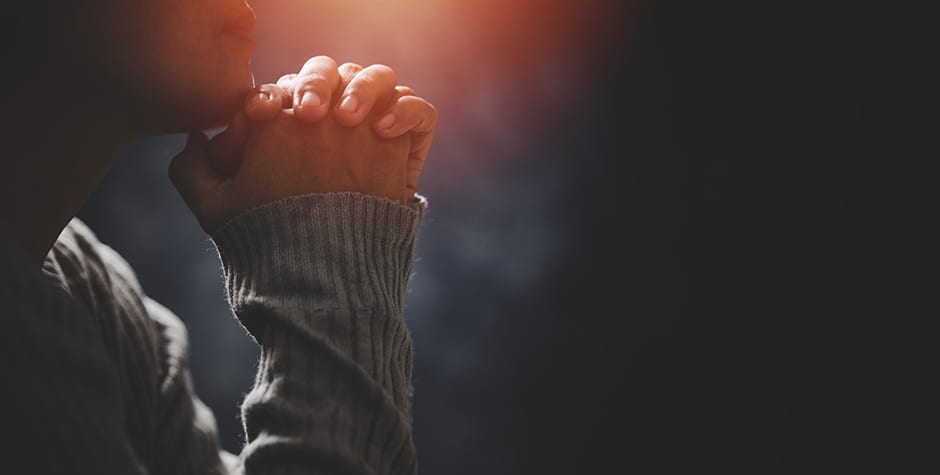ACLJ Files Transcript of Recording Showing Principal Misrepresented How He Told Teacher Not To Pray
Listen tothis article
We appeared in court today on behalf of Staci Barber, a teacher who was ordered never to pray where a student might see her do it. Earlier this week, we filed major evidence in our case that confirms beyond a doubt that our client was, in fact, told that she was not allowed to pray just because a student might happen to witness it. This order is a blatant disregard for the Constitution.
Our client’s goal is straightforward. She simply wants to pray at the flagpole on her personal time. However, she has been reprimanded for praying and ordered not to pray anywhere where a student can see her, which ultimately means that she cannot pray at all. Her principal now claims that he told our client something different, that he told her to move only because she wanted to pray at the flagpole area during the same time a student group had been approved to meet at the pole, and that he “was not denying their [our client and other teachers’] right to pray, but that they needed to use another location.” But that’s not what he said, and we were able to prove it.
Our client recorded her entire meeting with her principal. We submitted to the court a full transcript of that recording a few days ago, and the recording of what the principal actually said directly contradicts what he claims to have said. He didn’t tell our client to move because the students were using the pole. In fact, she promised to be long gone by the time the students were scheduled to use that area. What he did tell her was that “you can’t even pray in front of students, right? That’s part of board policy,” and “[y]ou can get together and pray together in, in private away from students, but you cannot do that in front of students.” He again reiterated the ONLY place she had a “right” to pray was “away from kids.” When our client asked if she could at least pray silently, he responded, “What message, you know, are you sending?”
Our client, in this meeting with the principal, explained again and again that her prayer session would be completed by the time the student group arrived to pray. “I told you that we would be gone by 8:20.” But the principal didn’t seem to care. Regardless of whether any student groups would be present with her when she was praying, the principal told her, “You can’t mix your right with the students.”
Our client even asked the principal if she would be allowed to pray in the parking lot far away from the flagpole. Yet he again doubled down, responding, “So you have the right to pray in private . . . but not in front of students. And there are students at the front . . . so you can’t do that.”
This recording and accompanying transcript of what the principal actually said, as opposed to what he claims after the fact to have said, is crucial to this case. It demonstrates that our client, Staci Barber, was reprimanded, not for praying with any student group but for having the so-called audacity to visibly display her religion. For this school district, simply expressing one’s faith in a way that others can see is enough to justify punishment.
The Supreme Court in Kennedy v. Bremerton School Dist. recently rejected the exact same argument from a school district that likewise sought to “protect” students from seeing teachers pray:
[T]he District suggests that any visible religious conduct by a teacher or coach should be deemed—without more and as a matter of law—impermissibly coercive on students. In essence, the District asks us to adopt the view that the only acceptable government role models for students are those who eschew any visible religious expression. . . . The only added twist here is the District’s suggestion not only that it may prohibit teachers from engaging in any demonstrative religious activity, but that it must do so in order to conform to the Constitution.
Such a rule would be a sure sign that our Establishment Clause jurisprudence had gone off the rails. In the name of protecting religious liberty, the District would have us suppress it. Rather than respect the First Amendment’s double protection for religious expression, it would have us preference secular activity.
The law is very clear. The Supreme Court has long held: “[N]either students [n]or teachers shed their constitutional rights to freedom of speech or expression at the schoolhouse gate.” Instead, the Constitution continues to protect their right to engage in religious speech. A government employer cannot ban religious activity just because a student might happen to see it. That has always been the law, but Kennedy made it crystal clear that schools cannot justify infringing on a teacher’s personal religious activity. We look forward to holding this principal’s actual words and the school district’s unconstitutional policy accountable to the Constitution.
